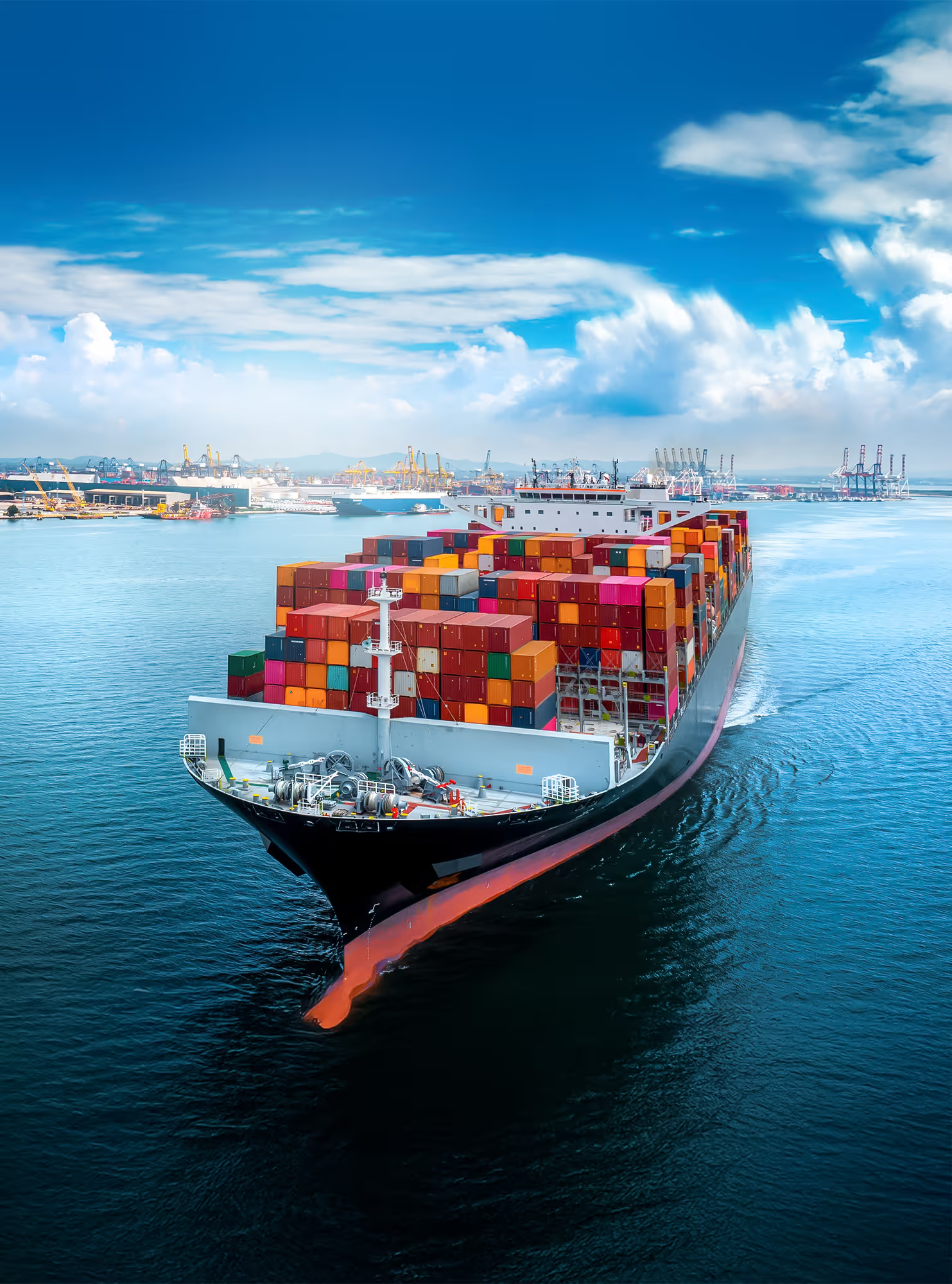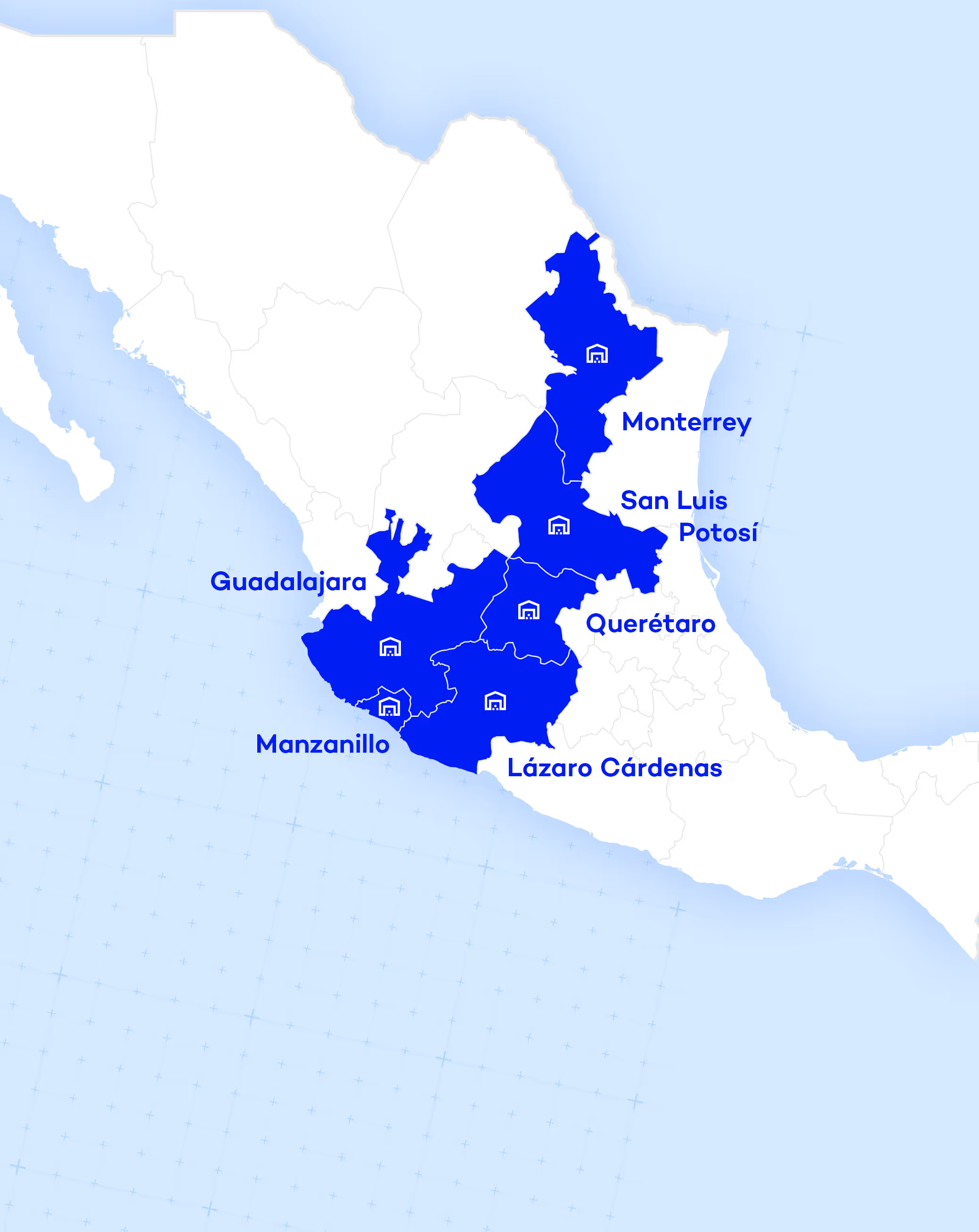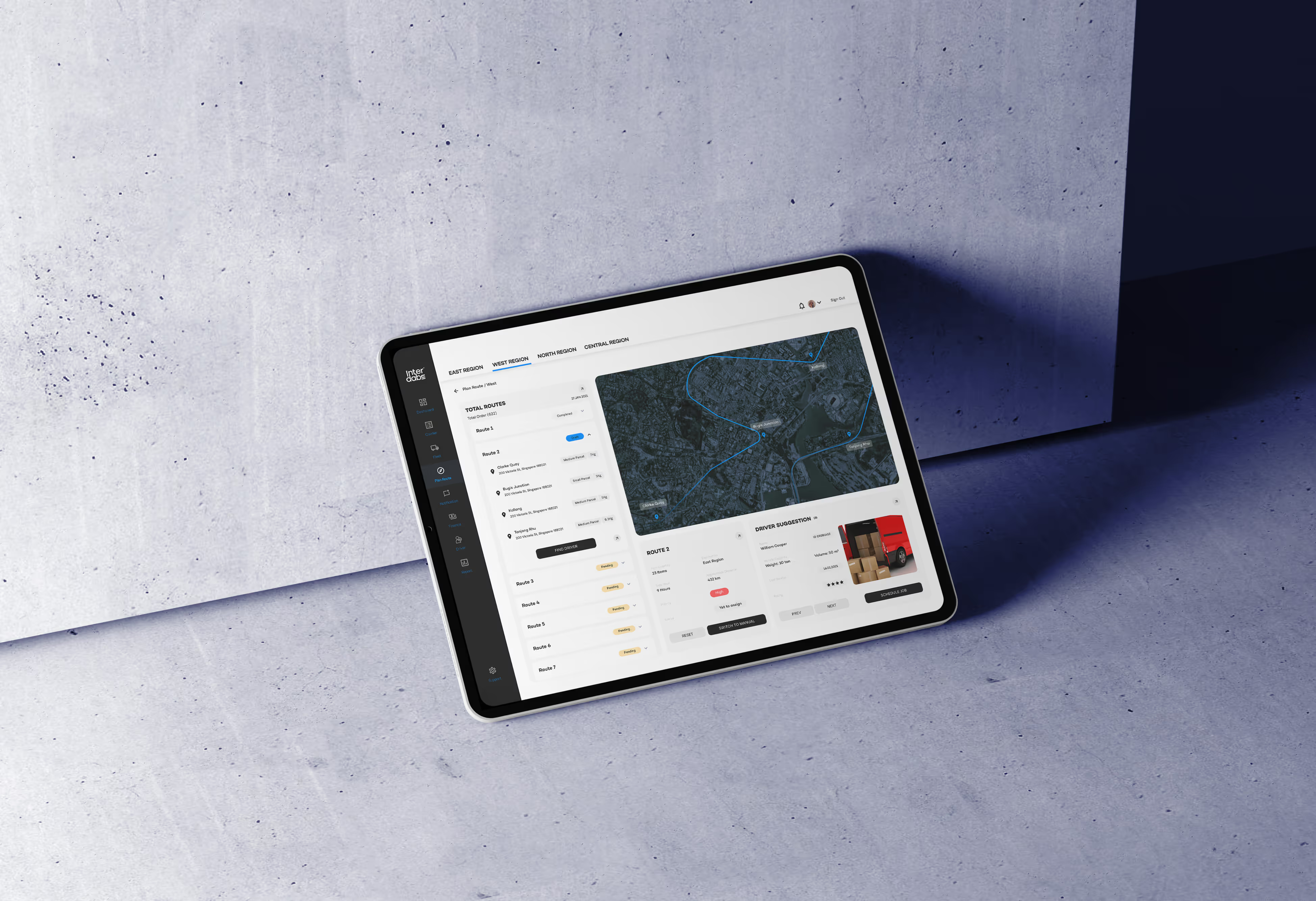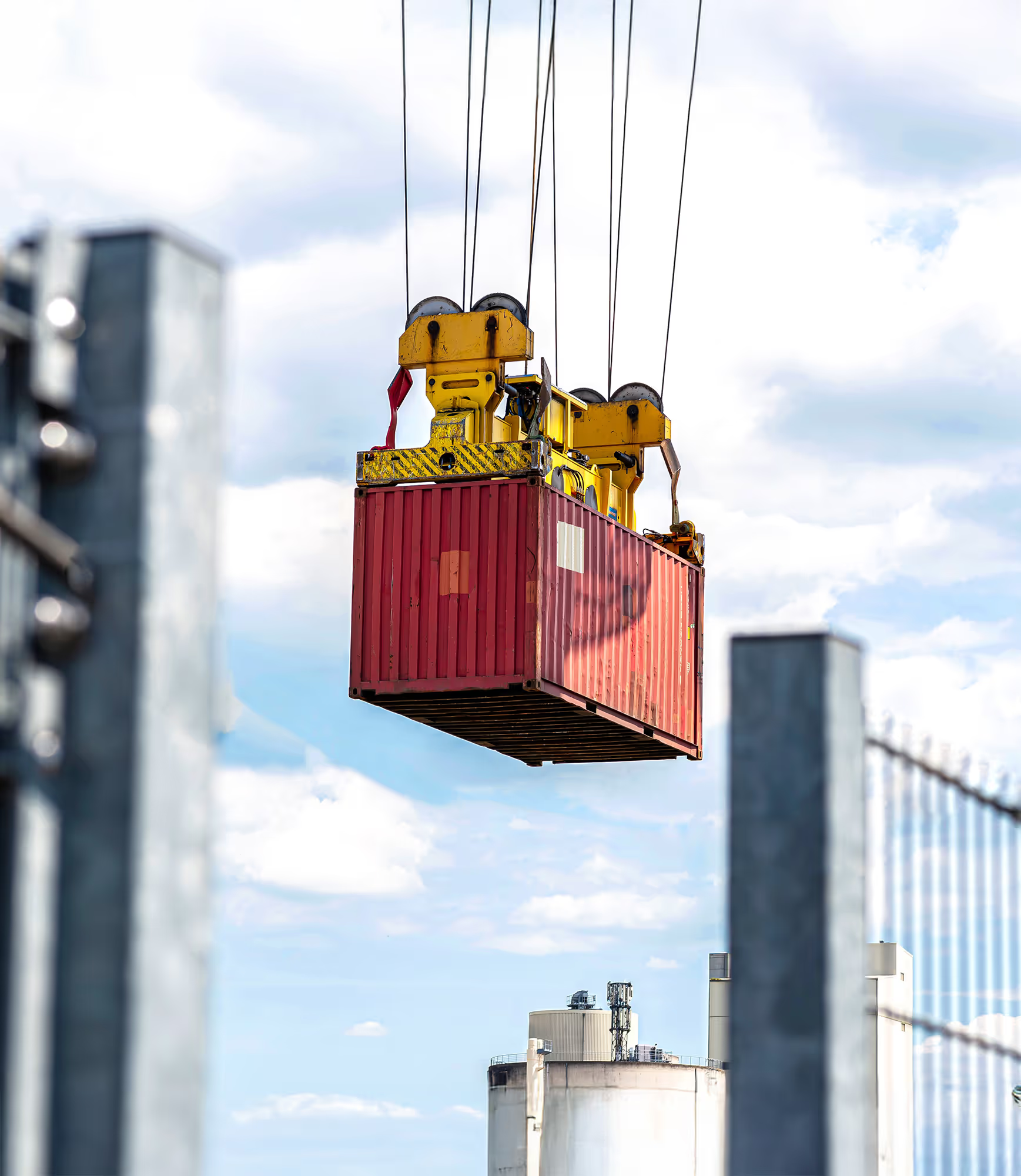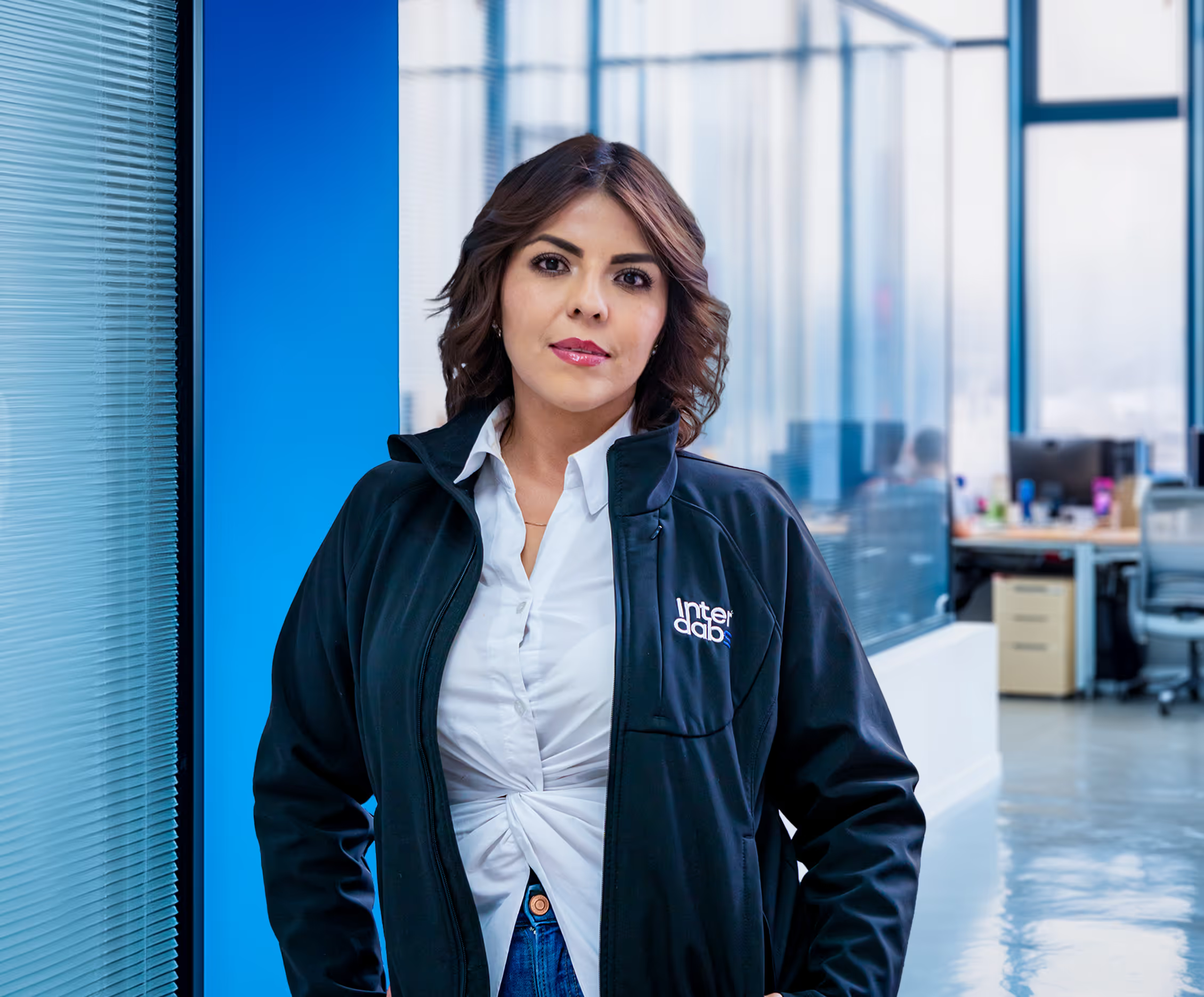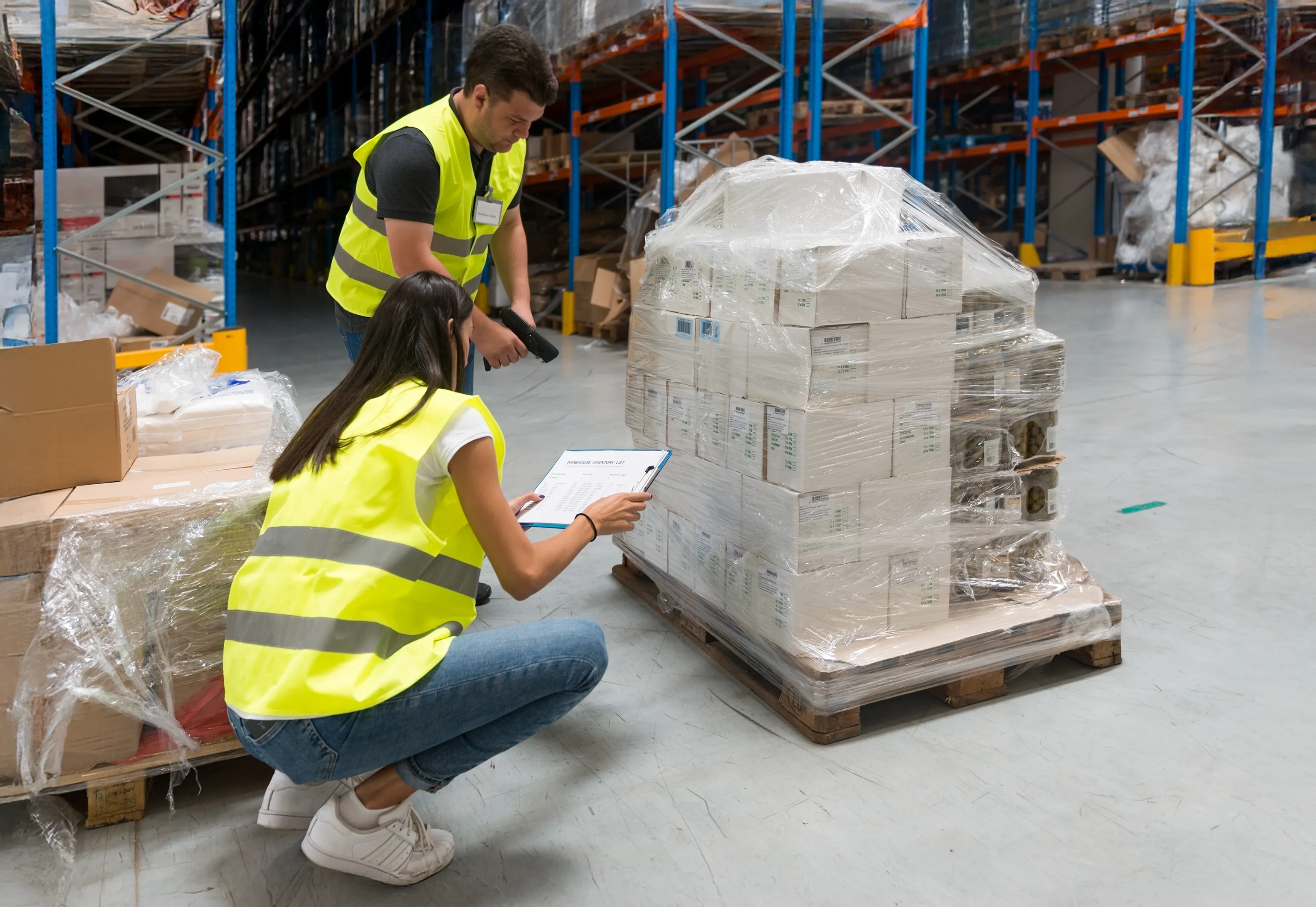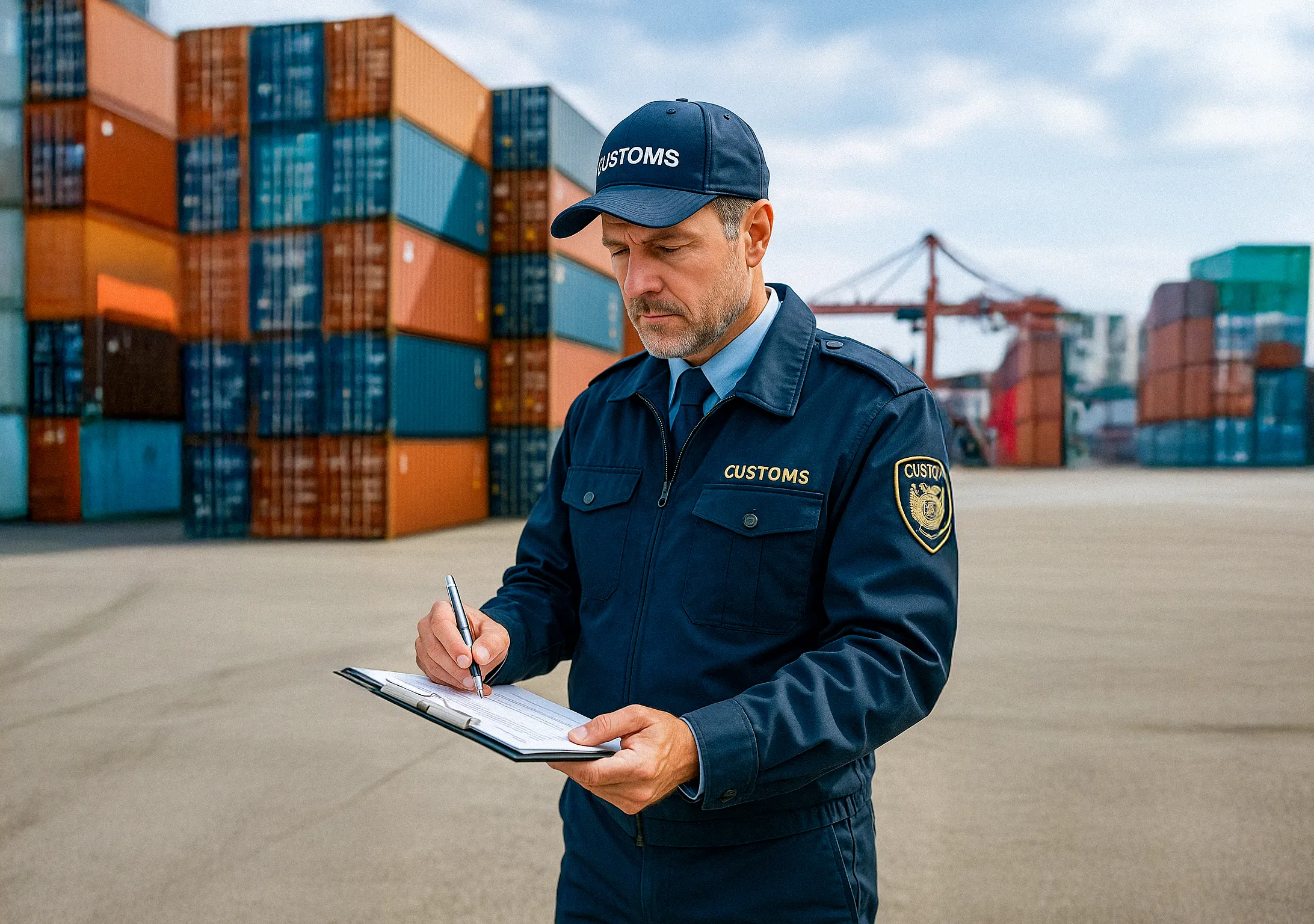What is the Harmonized System and how is the tariff fraction of a good determined?
The trend of Nearshoring is attracting investment to Mexico to manufacture products intended for North America. In this context, many companies rely on allies of 4PL logistics (comprehensive logistics operators) and forwarders to manage their foreign trade. However, even with these supports, it's crucial to understand the Harmonized System (SA) and correctly determine the tariff fraction of each good. This is the only way to guarantee smooth logistics, the exact payment of taxes and the smooth use of commercial agreements (such as the T-MEC).
What is the Harmonized System?
El Harmonized Commodity Description and Coding System (SA) is a standardized international nomenclature to classify all products that are marketed globally.
It was approved in 1983 under the SA International Convention and came into force on January 1, 1988. Hoy en Día more than 200 countries they use the Harmonized System as the basis of their tariffs, covering almost 98% of world trade. Mexico implemented this system since 1988 when it joined the World Customs Organization (WCO).
What is it for?
Essentially, the SA assigns a unique numerical code to each product, which serves as the basis for:
- Calculate Tariff taxes at customs (General Import Tax, VAT, etc.).
- Correctly apply the trade treaties and their rules of origin (for example, taking advantage of T-MEC tariff preferences).
- Verify non-tariff regulations and restrictions (RRNA) applicable (permits, Official Rules, quotas, prohibitions, etc.).
- Generate foreign trade statistics uniforms.
- Facilitate the customs review and fiscal by speaking “the same language” of codes all over the world.
The Harmonized System is organized hierarchically. Assets with related characteristics are grouped into 21 sections (for example, animals, plant products, chemicals, textiles, machinery), subdivided into 98 chapters that are identified with 2 digits. Each chapter is subdivided into 4-digit headings (also called tariff headings), and these in turn into 6-digit subheadings. In this way, the nomenclature progresses from general categories to more specific descriptions according to the degree of manufacture or use of the goods.
What is a tariff fraction?
Una Tariff fraction It is the official numerical code with which Describe a product within the customs system of each country. It corresponds to the specific classification that determines what taxes, requirements and restrictions apply to that particular merchandise. In Mexico, the tariff fraction is composed of 8 digits, derived from the international structure of the SA, but it can be extended to 10 digits when the numbers are added NICO (Business Identification Numbers) for more detail. Globally, the SA code is defined in 6 digits and each country has the power to add more digits to its national rate. In December 2020, Mexico introduced NICOS precisely to refine the identification of goods and improve statistical accuracy without modifying the base rate.
Example of a tariff fraction (Mexico):
8544.42.01.00 — Electrical cables for cars
Code breakdown:
85— Chapter (Machinery and electrical equipment).8544— Partida of the SA (Cables, conductors and other electrical conductors).42— Subheading international (specific type of cable within that heading).01— Tariff fraction national that more specifically identifies the product in Mexico.00— NICO, for additional business details (e.g. to distinguish particular uses or characteristics, if applicable).
In this example, 8544.42.01 is the 8-digit Mexican tariff fraction for certain types of cables, and the 00 The final would be the NICO. All products to be imported or exported must be identified with their corresponding tariff fraction in the customs documentation (order, invoice, etc.), since the taxes and regulations that will apply to them depend on this code.
How is the tariff fraction determined?
The process for assigning the correct fraction to a commodity is called tariff classification. This classification must be done in a technical and methodical way, based on the characteristics of the product and the rules established by the Harmonized System. For Classify correctly a commodity, it is necessary to consider:
- Nature of the product: What is the merchandise itself? It must be defined if it is, for example, a finished good, a raw material, a component or an assembly. It also involves identifying your condition (new, used) and presentation.
- Composition or material: What is it made of? It is necessary to determine the predominant materials or ingredients (metal, plastic, textile, chemical, etc.), since many fractions are differentiated by composition.
- Main use or function: What is it for or in what industry is it used? The application or the sector (automotive, medical, food, etc.) can influence classification when the nomenclature distinguishes goods by their function.
- Harmonized System Rules: Apply the SA General Rules of Interpretation (1 to 6) and complementary national rules. These rules establish hierarchical criteria to classify, for example: chapter titles are indicative, more specific descriptions prevail over generics, the subject matter or essential component of the product, and other principles. You should also review the legal notes of section and chapter, which sometimes exclude or include certain items in a certain heading.
The first three considerations answer the key questions “What is it? What is it made of? What is it for?”, which are fundamental to any classification. Once this is understood, the General Rules of the SA and the legal notes help to officially locate the correct classification.
For example, Rule 1 indicates that classification is legally determined by the text of the corresponding headings and notes, in addition to chapter titles; other rules deal with incomplete products, mixtures of materials, goods that can be classified into two headings, etc. It is important to follow the order in which these rules are applied until the appropriate fraction is reached.
In practice, this process may require research and specialist knowledge. It doesn't matter if it's a simple consumer item or a complex industrial machine: the principle is the same.
For example, the fraction of a specialized and oversized machine (typical project cargo) that is sent by a RoRo vessel (roll-on/roll-off) or LoLo (lift-on/lift-off) is determined by applying exactly these criteria. In other words, we analyze what this machine is, what materials it is made of and what its main function is, and with the help of the rules of the SA, the fraction that best describes it is identified. Similarly, a small consumer electronics product will follow the same analysis. In all cases, a correct classification ensures that the merchandise pays the duties due and complies with regulations, avoiding surprises during dispatch.
{{4pl}}
What happens if you misclassify your merchandise?
Errors in the tariff classification have serious consequences. Declaring an incorrect fraction may mean that you are paying more or less taxes. If you overpay by mistake, you would be making your operation unnecessarily expensive (and you will require procedures to claim refunds). But the opposite case—underpaying for using a fraction with a lower than due tariff—is even more problematic: the authority will consider it an omission of contributions or possible attempt at evasion.
Among the main risks of a misclassification are:
Fines and penalties:
Customs authorities (SAT/ANAM) impose large fines when they detect misdeclared fractions. For example, classification errors can be punished with amounts that go from 10% to 150% of the value of the goods involved.
In some cases, the Customs Law provides for fixed fines for a misdeclared order (from ~$2,000 to $3,000 pesos for each document), which accumulated easily exceed one million pesos in bulky transactions. In addition to the fines, updated omitted taxes and surcharges if applicable must be paid.
Retention, Seizure and Forfeiture:
An incorrect fraction can trigger alerts during the customs review. If the discrepancy is detected at customs, the merchandise may be Retained for physical inspection and documentary verification. In serious cases, declaring with an erroneous fraction (for example, to evade regulations) may cause a precautionary seizure of the merchandise. That is, customs takes control of the goods while investigating. If the situation is not corrected or a deliberate violation is found, the merchandise could even be confiscated and destroyed without compensation, especially if it also violates health or safety standards.
Loss of tariff benefits:
an incorrect fraction can make you lose benefits from free trade agreements. Tariff preferences (such as 0% tariff) of the T-MEC or other TLC only apply if the product is properly classified and complies with its rule of origin. An erroneous coding could mean that the certificate of origin does not correspond to the actual merchandise, invalidating the negotiated preference. In other words, you could end up paying a full tariff for not declaring the appropriate fraction, wasting business advantages. It should be noted that the uniform classification at the international level is the basis for determining the rules of origin in treaties; if this basis fails, all the preferential benefit is put at risk.
In short, misclassifying a commodity can translate into very high additional costs, operational delays and even legal problems. It's a mistake that can “be expensive” both in time and money, so it's worth investing effort (and professional advice) to do it right from the start.
Who should classify goods?
Given the importance of classification, the question arises as to who is responsible for doing it correctly. Usually, importers or exporters rely on a customs agent (customs broker) to carry out your procedures.
The customs broker is an authorized professional who, among other functions, helps to determine the tariff fraction of the merchandise. In fact, Mexican legislation explicitly states that it is the customs agent who is responsible for the tariff classification of the goods he clears (Art. 54 of the Customs Law).
However, this does not exempt the importer or exporter from liability. The importing company must provide accurate and detailed information about its products (descriptions, technical data sheets, composition, use, etc.) so that the customs agent can assign the correct fraction.
If the information is insufficient or misleading, the classification will be erroneous and it will ultimately be the importer who will face the consequences (fines, delays or loss of merchandise). In addition, in practice The importer is directly obligated to the customs authority because of what was stated in the order.
In short, even if you have professional support (customs broker or compliance team), the ultimate responsibility lies with you as an importer/exporter. That is why it is vital to have basic notions of classification and, above all, to have reliable advice. A good customs broker or consultant will guide you, but you must understand and approve the declared fraction, since it is your company that will be sanctioned if something is wrong.
{{asesoria}}
Best practices for correctly classifying
To avoid costly errors and ensure customs compliance, consider the following good classification practices:
Check the current rate (TIGIE) and its updates:
Make sure you use up-to-date official sources. La Tariff of the General Import and Export Tax Act (TIGIE) is modified when there are changes in the Harmonized System (approximately every 5 years) or when Mexico adjusts its nomenclature. Use the updated electronic catalogs (e.g. the SNICE tariff fraction search engine) and verify that the fraction you chose is still valid and corresponds to the description of your product.
The General Rules and legal notes apply:
The SA General Classification Rules (included in Art. 2 of the LIGIE) are your mandatory guidelines. Review the six general and complementary national rules before deciding. It also reads the legal section and chapter notes in the TIGIE; sometimes they contain crucial definitions or exclusions that can change the classification.
Rely on experts with industry experience:
If you don't have a specialized department, seek professional advice. Un customs agent experienced or a provider of 4PL logistics trustworthy, familiar with your industry (whether automotive, electronics, chemicals, etc.), will be able to guide you on the applicable fractions and validate your classification.
If you have difficulty identifying the correct code, ask for the advice of a customs consultant or the SAT itself — the authority even offers formal inquiries to clarify confusing fractions or goods that are difficult to identify.
Document the justification for the classification:
Keep evidence of the analysis you performed. For example, product data sheets, catalogs, photographs, laboratory results (if composition was determined), and a brief written justification of why that fraction was assigned. Having this file will help you defend your classification in the face of an audit or a question from the authority. In addition, show diligence on your part.
Stay up to date and proactive:
The world of foreign trade and regulations is constantly changing. Keep abreast of the Harmonized System amendments (the OMA usually reviews and amends every five years), of amendments to the LIGIE and of new treaties or changes to existing ones.
For example, in 2022, the last revision (Seventh Amendment) of the SA came into force, which involved recoding several commodities. If your product catalog changes or its materials/uses evolve, reevaluate its classification. Permanent updating is key to not being left using obsolete fractions.
{{asesoria-light}}
📊 In InterDabs we have specialists in tariff classification and analysis of rules of origin. We help you determine the right fraction of your products from the first order, ensuring regulatory compliance and optimizing your tariff costs. Avoid costly mistakes and ensures that each shipment complies with all provisions.
📞 Do you have doubts about the correct tariff fraction for your product? Contact us!
Everything your logistics needs







